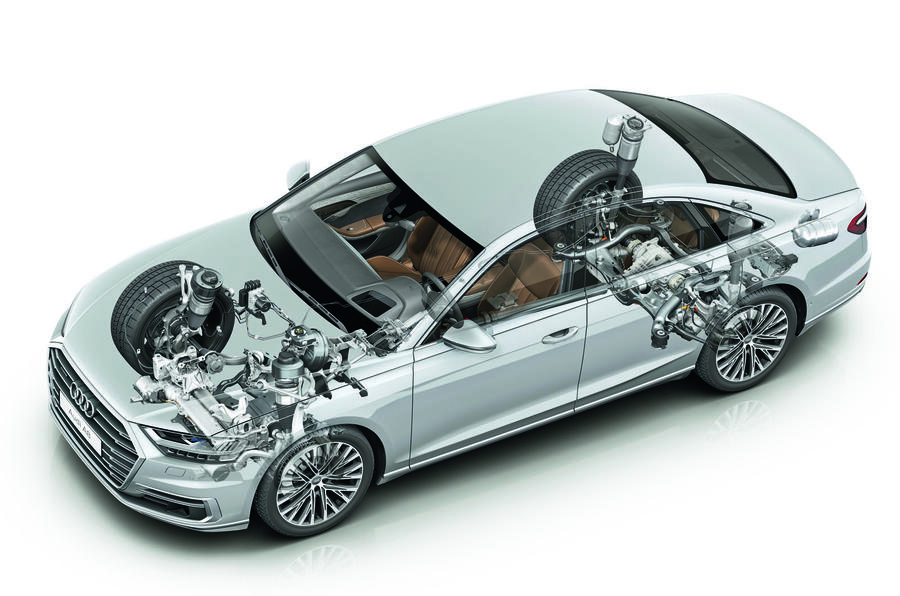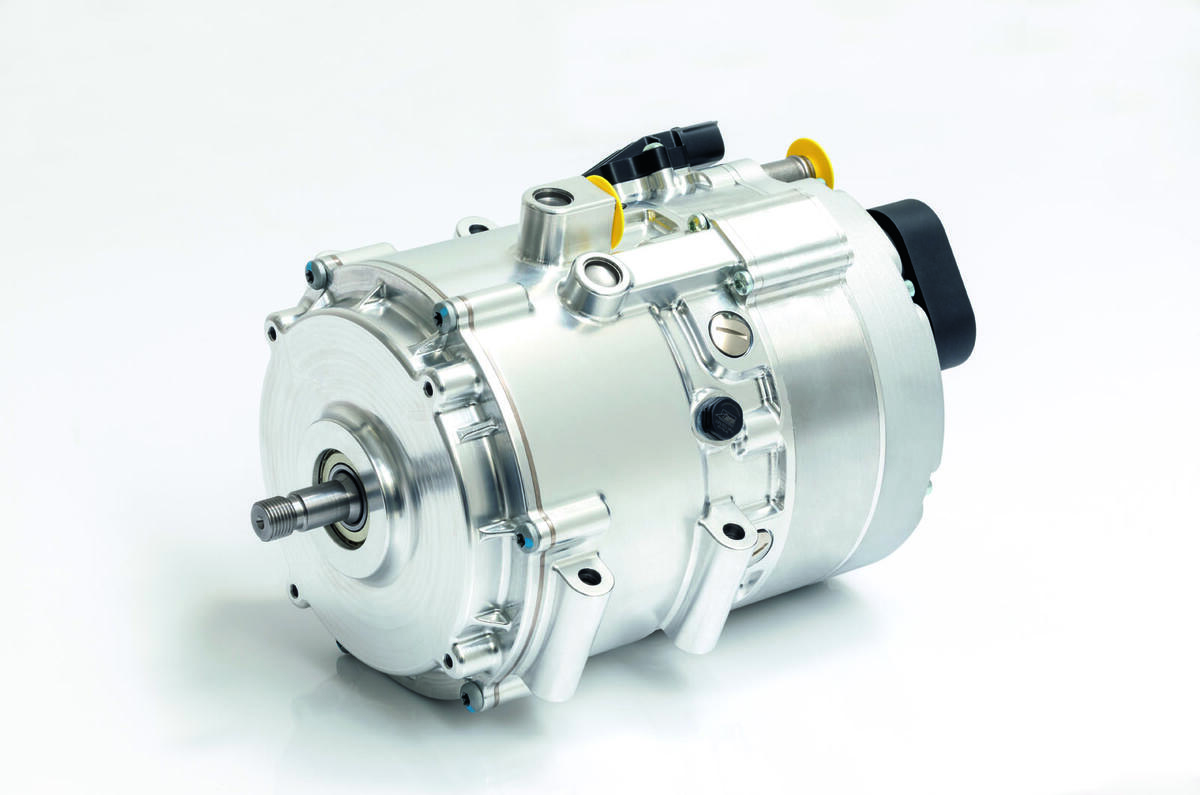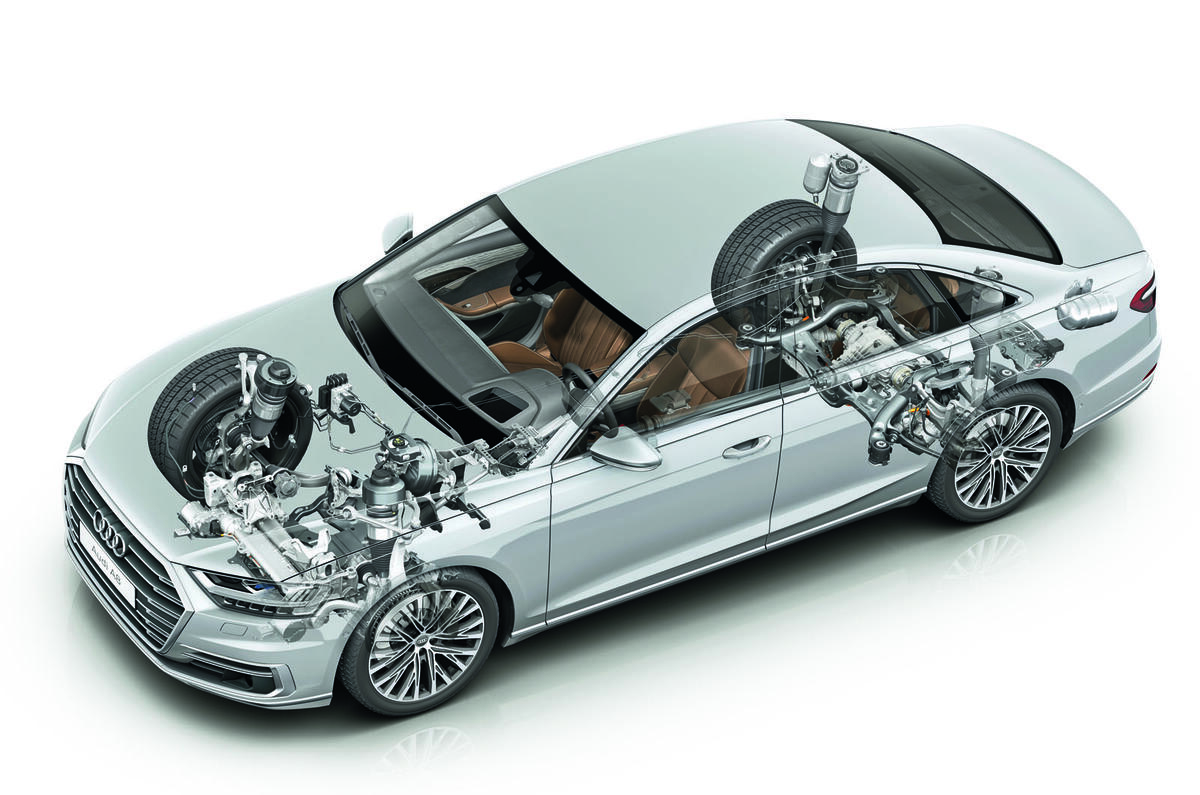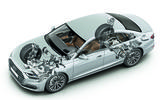It may not sound like it, but it’s probably one of the smartest innovations aimed at making cars more sustainable that has emerged in the past few years: 48V technology.
It’s relatively cheap and fits into existing vehicle architectures but it’s only just coming of age. As well as providing a hybrid drive, it can handle loads of tasks that need doing around the car but previously used energy created by burning fuel.
While 48 might look like a figure plucked out of the air after a brainstorming session in the bar, there are good reasons for it. The first is that it’s classified as low voltage and safe. Anything above 60V in a car is deemed a high-voltage system – and a high-voltage system is a lot more expensive than a low-voltage one. The safety systems, power controllers and heavy cabling involved in a high-voltage system all contribute to the high price, whether it’s 65V or 800V. Power (watts) derives from the voltage and the current (amperage). Increase either and the wattage goes up. But increasing amperage requires the use of larger, heavier, more expensive cables to reduce electrical resistance, whereas using a higher voltage and lower current doesn’t. A 48V battery is small and relatively inexpensive and installation is straightforward because a 48V electrical architecture sits alongside the car’s original 12V system.
The use of 48V architectures is on the rise because the electrical consumption of cars has gone up due to more complex infotainment, connectivity and navigation systems and the dozens of driver assistance systems emerging. Cameras, radar, sensors and controllers plus the electronic systems to go with them all need more power than a 12V system can deliver. A 48V set-up also allows jobs normally done by the engine – such as powering electric water pumps, air conditioning compressors, oil pumps and heating – to be offloaded to electrical power, saving fuel. Automatic gearboxes can function when engines are shut down thanks to electric oil pumps; stop/start becomes smoother and can kick in before the car comes to a halt saving more fuel; and electric boosters in diesels reduce turbo lag.
Obviously, there are limitations. Until now, the assumed maximum power of a low-voltage hybrid (or EV) motor/generator has been around 12kW (16bhp). That low, 12kW power figure has limited mild hybrids to boosting power and recovering energy, rather than providing an electric-only mode like a (high-power) full hybrid. Now, though, it looks as though that limit has been busted. Component supplier Continental AG recently announced a new 48V mild-hybrid drivetrain producing 30kW (40bhp). The improvement has been achieved by increasing the efficiency of the power control system and new design of high-efficiency, water-cooled motor/generator. The increase in power means it’s possible to drive short distances in electric-only mode like a full hybrid and makes the prospect of powering small city cars and scooters using 48V systems even more realistic.
It’s the A8’s ticket to ride

It may be at odds with the low-cost benefit of 48V systems but the new Audi A8 has a predictive active suspension system driven by the new electrical set-up. The system can alter the ride height by up to 85mm in 0.5sec, reacts by monitoring the road surface ahead with a front-facing camera, reduces body roll by 40% and consumes an average of 10-200W, peaking at 6kW if there’s a sharp suspension movement.
Read more
Under the skin: the evolution of the automatic gearbox​







Join the debate
Add your comment
Hybrid synergy drive
It's all in the detail
You need to define " A 48V battery is small and relatively inexpensive" when used in a popular car like a £19k Fiesta 3 pot.
Best compromise?
I understand that using a 48v system is cost effective, but this means a current of 600 amps to power a 30 kilowatt motor - so it's going to involve some very hefty cable and control electronics. Perhaps the answer would be to use a combined positive and negative earth 48v system to give a total 96 volts, but with a "safe" 48 volt potential to earth? This would at least halve the current requirement, allowing cheaper lighter wiring etc.